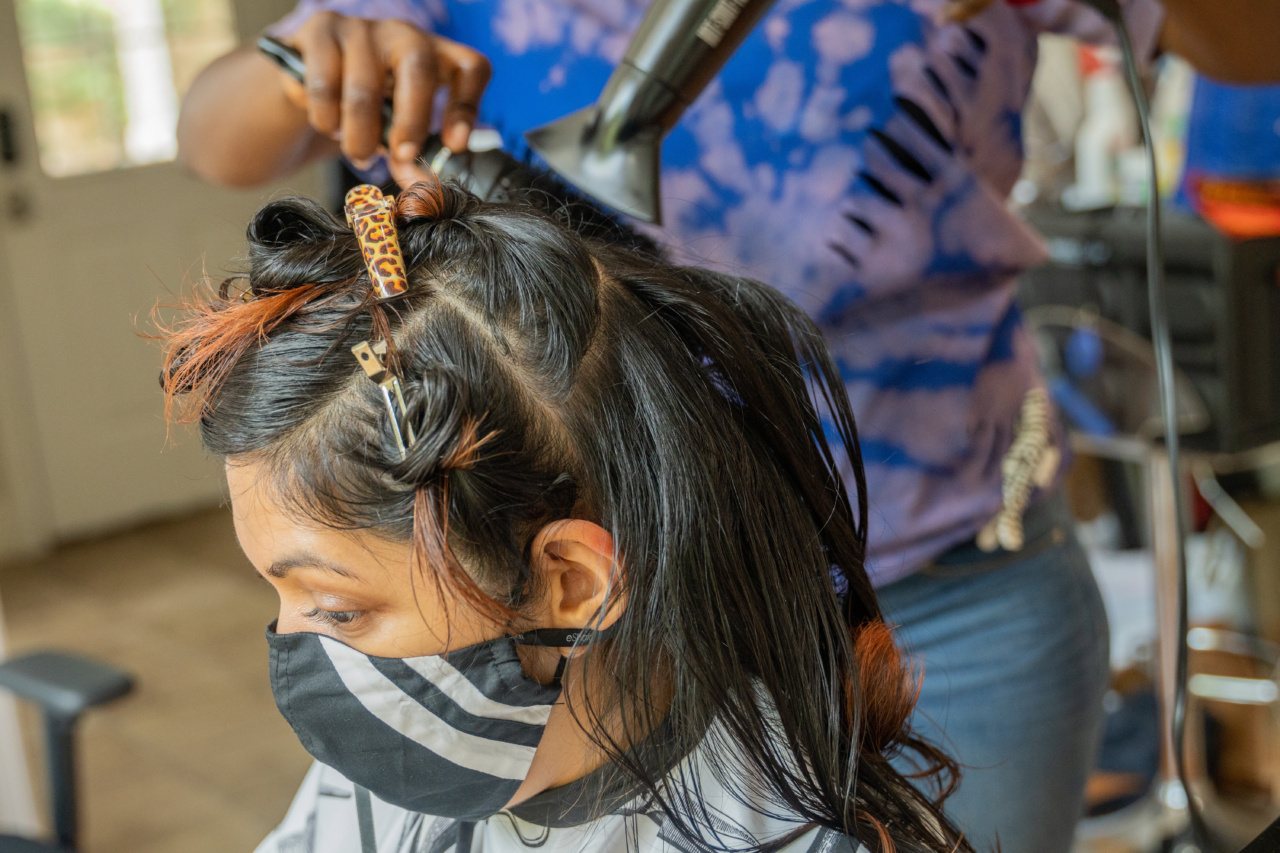While some hairstyles look great, others can be a nightmare. These hairstyles can cause damage to your hair and scalp. It’s essential to know what you should avoid when styling your hair.
Here are some of the worst hairstyles for your hair, which you may not have known about.
1. Tight Braids
Tight braids cause tension on your scalp, which can lead to hair loss. When braiding your hair, ensure that it’s not too tight. Your scalp should not hurt or feel sore after braiding.
Loose braids are a better option when you’d like to protect your hair from the elements.
2. Ponytails
Wearing high ponytails regularly can lead to breakage since it pulls on your hairline. If you must wear a ponytail, ensure that your hair isn’t too tight, and avoid using rubber bands.
Instead, use cloth scrunchies or hair ties that are gentle on your hair.
3. Flipped Out Ends
Flipping out your hair creates a sharp bend that weakens your hair’s shaft. This hairstyle can also get damaged easily and lead to split ends.
If you must flip out your hair, ensure that you don’t overdo it, and use heat protectant products before styling.
4. Tight Top Knots
Top knots are a convenient hairstyle, especially for working out or studying. However, a tight top knot is stressful to your hair follicles and can lead to breakage and bald spots.
When creating a top knot, ensure that your hair isn’t too tight and avoid pulling at your hairline.
5. Chemical Treatments like Coloring, Relaxers and Perms
Chemical treatments weaken your hair’s structural integrity, leading to hair loss and breakage. Coloring, relaxers, and perms are harsh chemicals that should be used sparingly.
If you must use these treatments, ensure that you condition your hair appropriately and limit the use of these treatments.
6. Heat Styling without Heat Protection Products
Heat styling tools like flat irons damage your hair cells and can lead to split ends and hair breakage. Before using a heat styling tool, be sure to apply a heat protectant product to safeguard your hair.
Additionally, ensure that you’re not overusing these tools since they can damage your hair, causing it to be brittle.
7. Comb Overs
Comb overs are a popular hairstyle for men with receding hairlines. This hairstyle, however, is detrimental to your hair’s overall health. Combing your hair over places significant stress on the hair, and can cause it to be thinner or break off.
Instead, try getting a haircut that accentuates your hairline or speaks to your lifestyle.
8. Cornrows
Cornrows are a traditional hairstyle that is best avoided. Cornrows put a lot of tension on your scalp, especially if they’re too tight.
If you wear cornrows, ensure that they’re not too tight, and give your scalp some time to rest in between styles. Skipping a hairstyle is better than enduring an uncomfortable scalp.
9. Teased Hair
Teasing your hair creates stress and damages your hair shafts. It also pulls your hair from its roots, making it susceptible to breakage. Instead of teasing your hair, try using volumizing products or opt for a shorter haircut.
10. Heavy Hair Accessories
Heavy hair accessories like hair clips, hairbands, and barrettes can pull on your hair and scalp, causing breakage. Choose accessories that are gentle on your hair, lightweight and won’t damage your hair’s shaft.
Avoid hair accessories with sharp edges and opt for those that have a smooth surface.
Conclusion
Your hair is sensitive, and how you style it can have an impact on its health. It’s essential to know which hairstyles are the worst for your hair and avoid them altogether.
Opt for gentler hairstyles that won’t put too much strain on your locks, and ensure that you’re taking care of your hair with healthy hair care products.





























